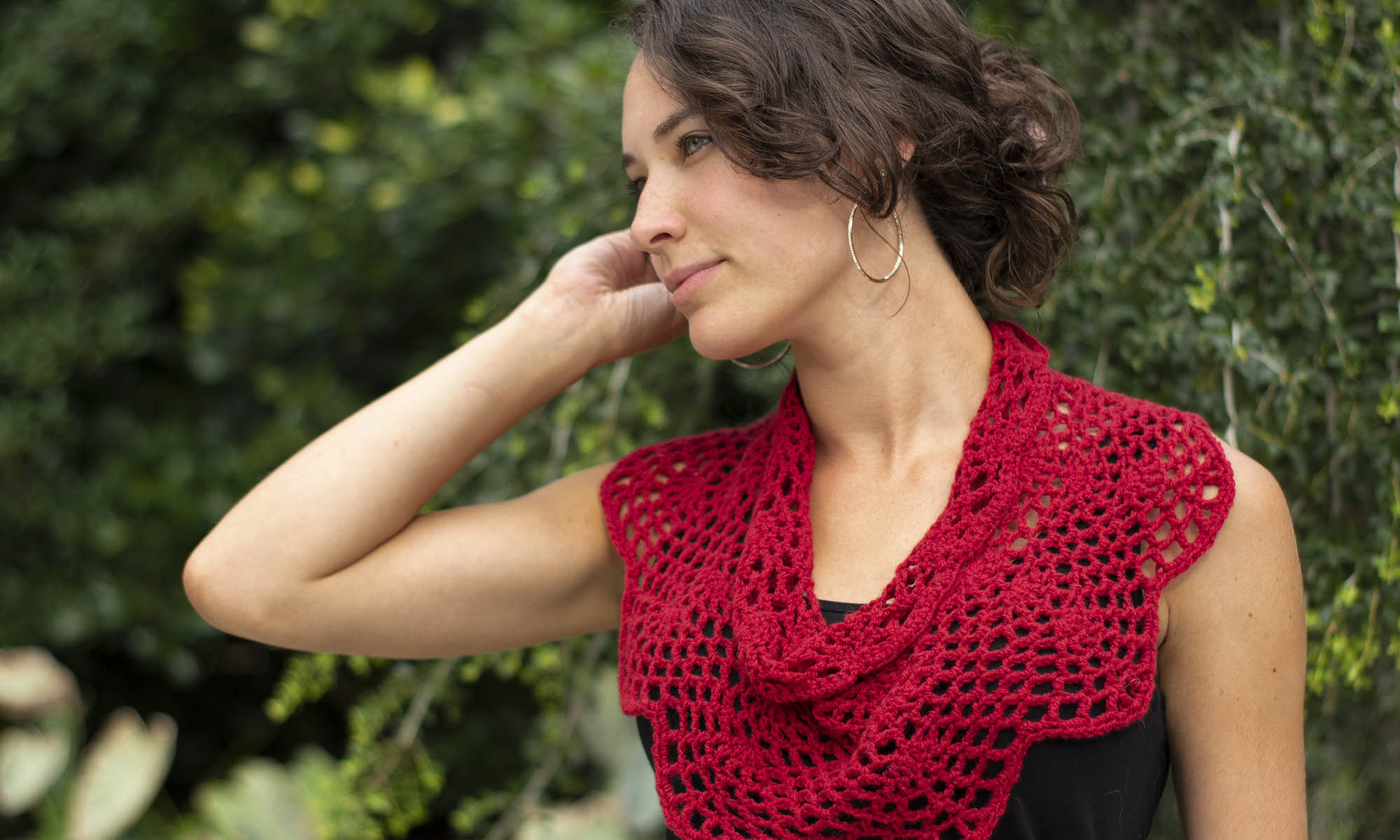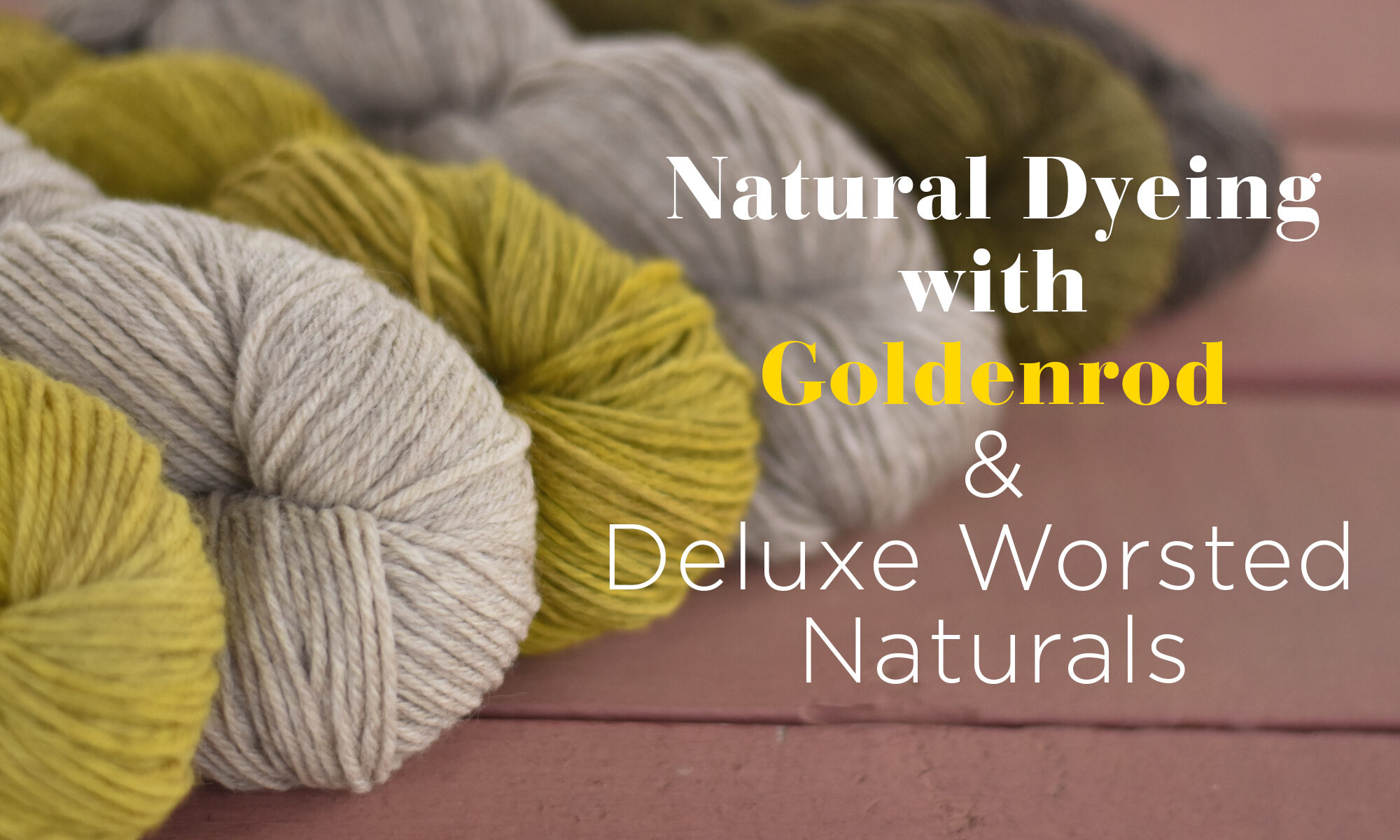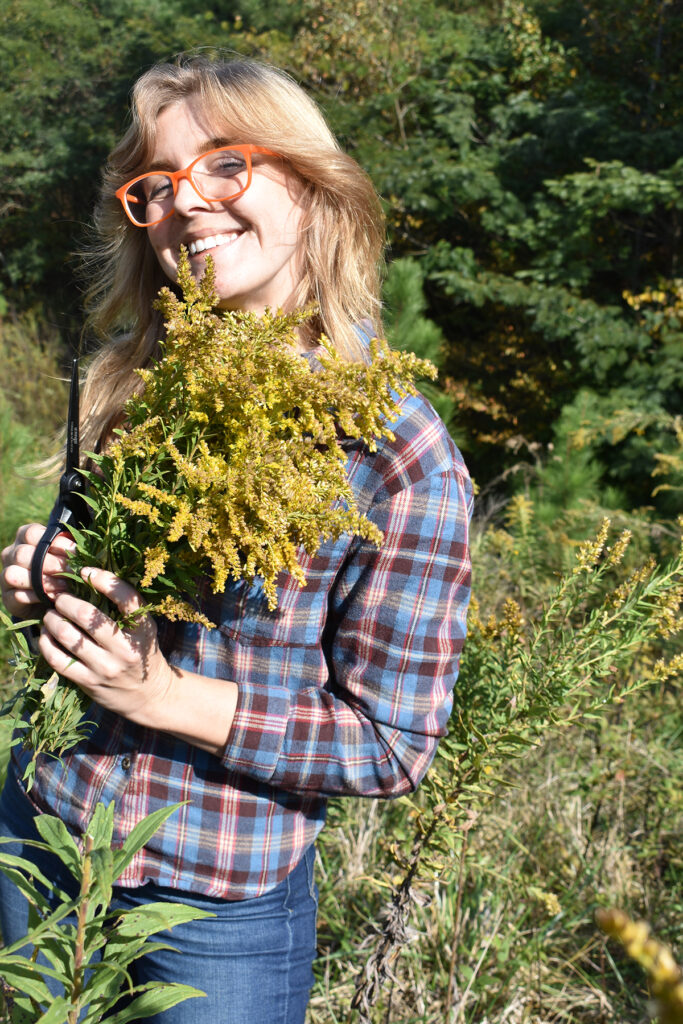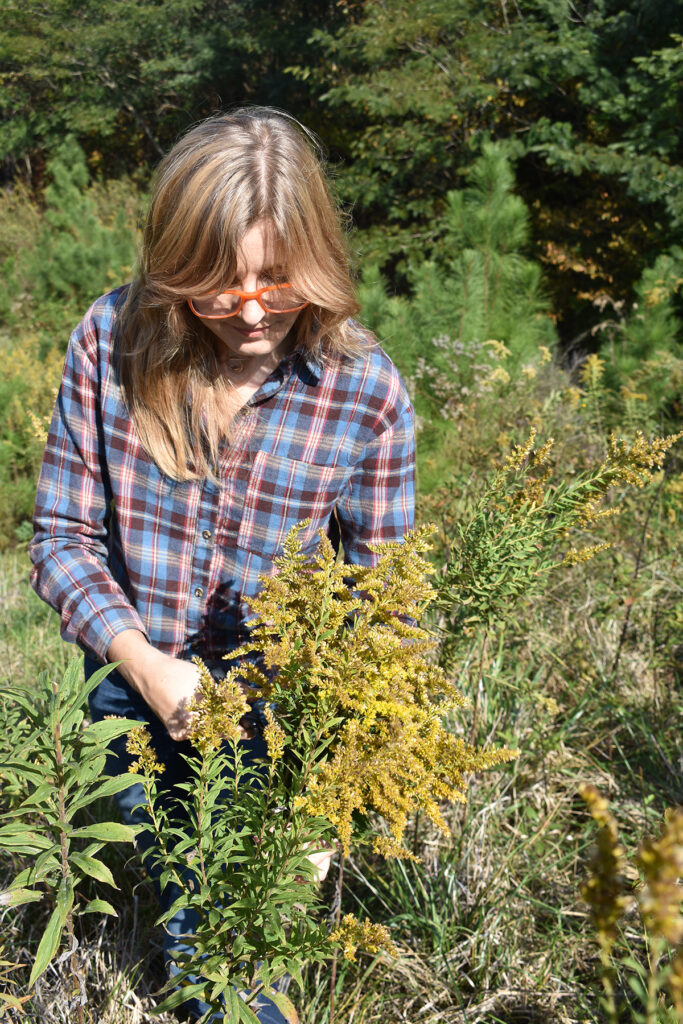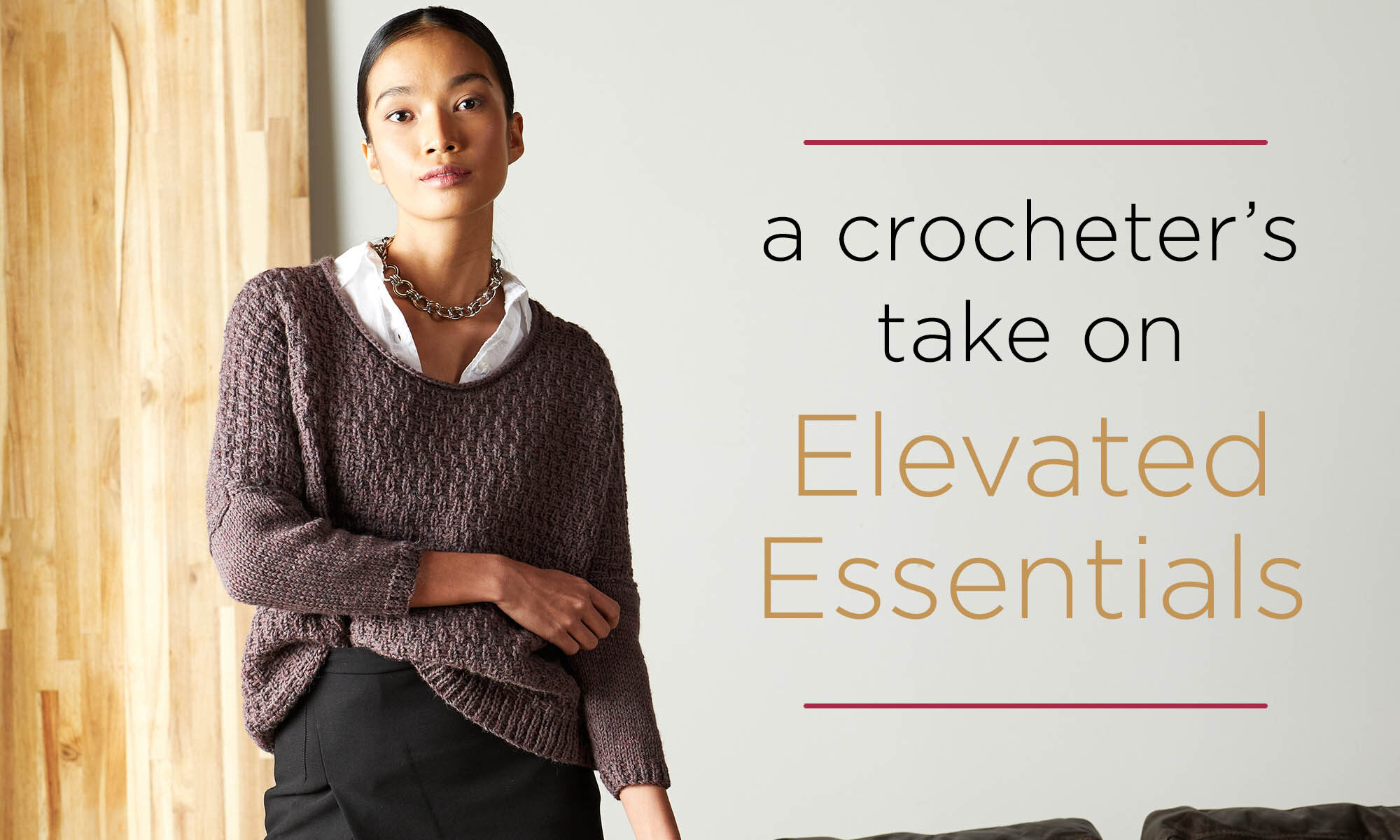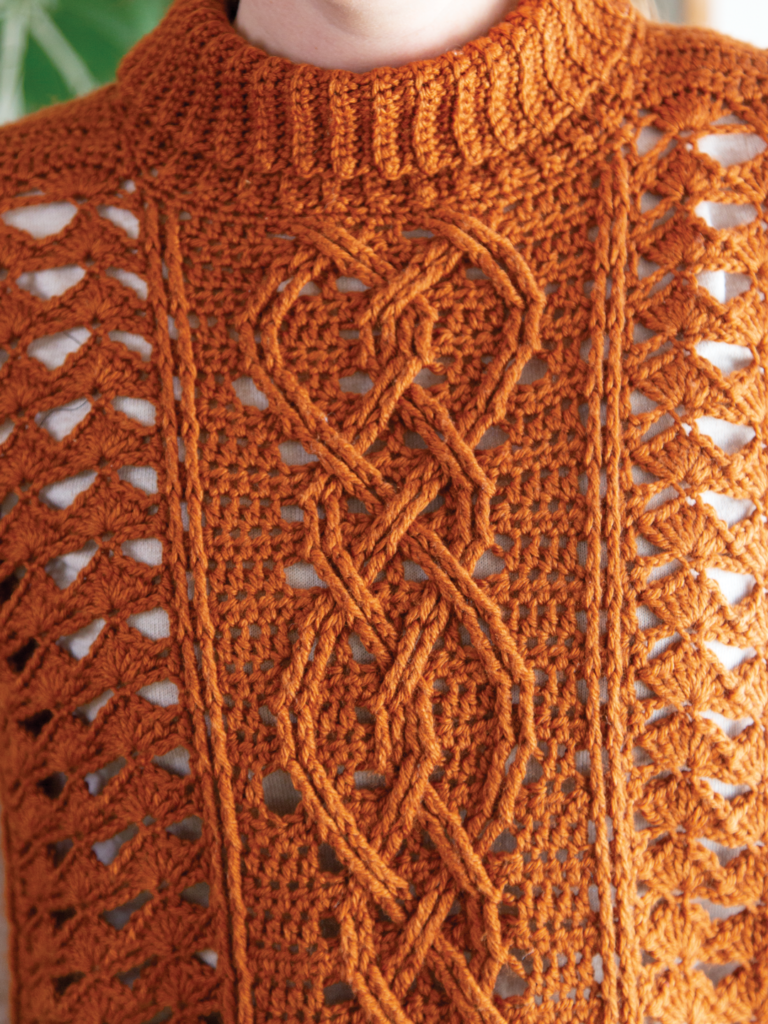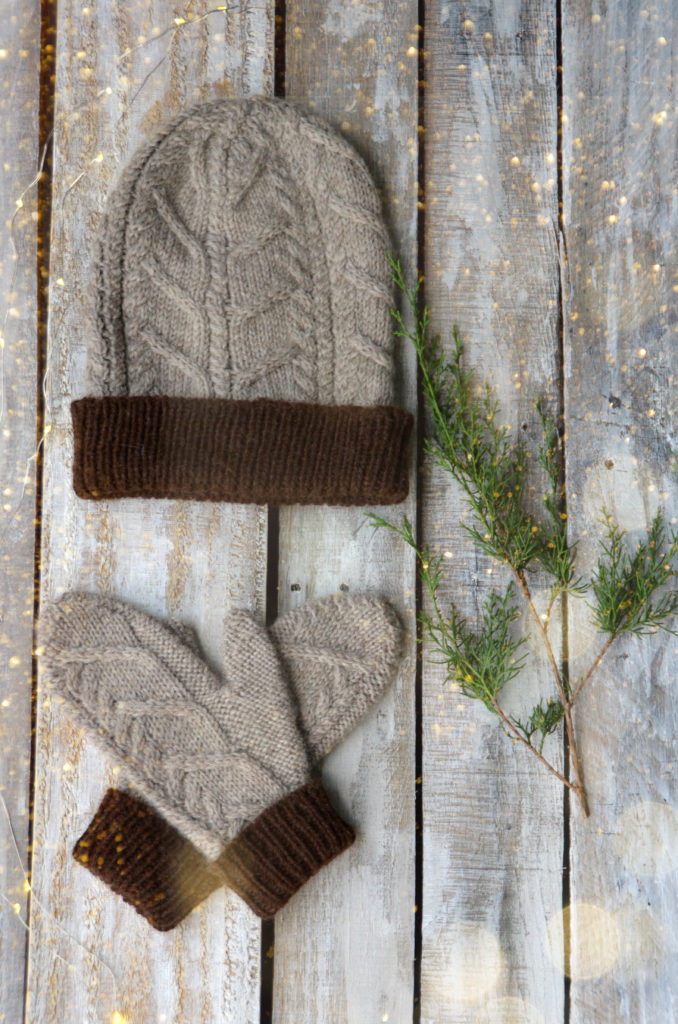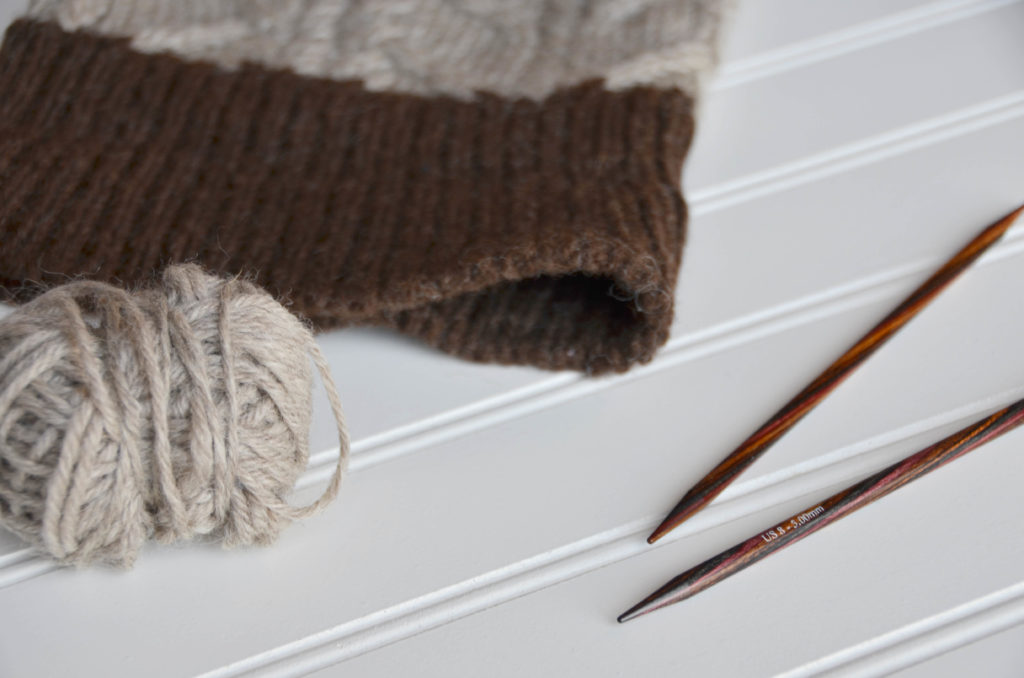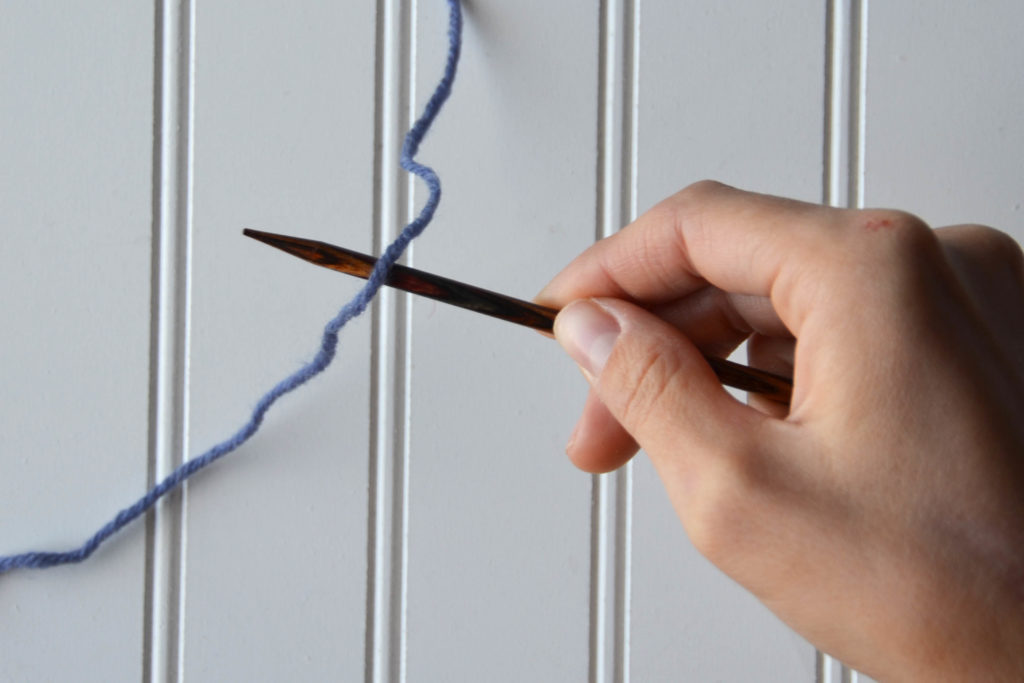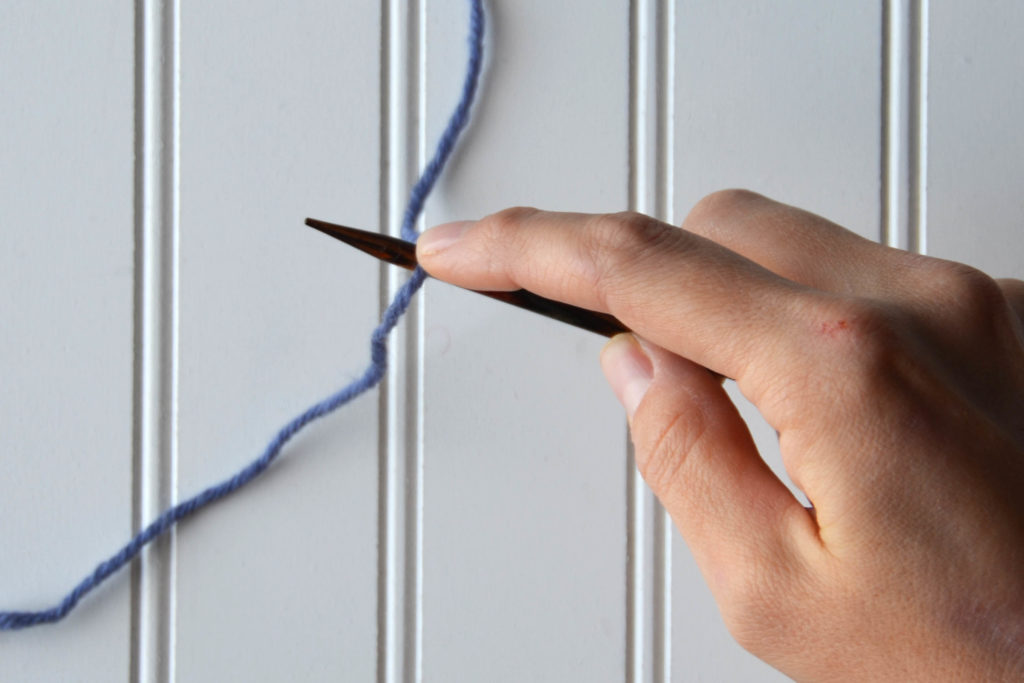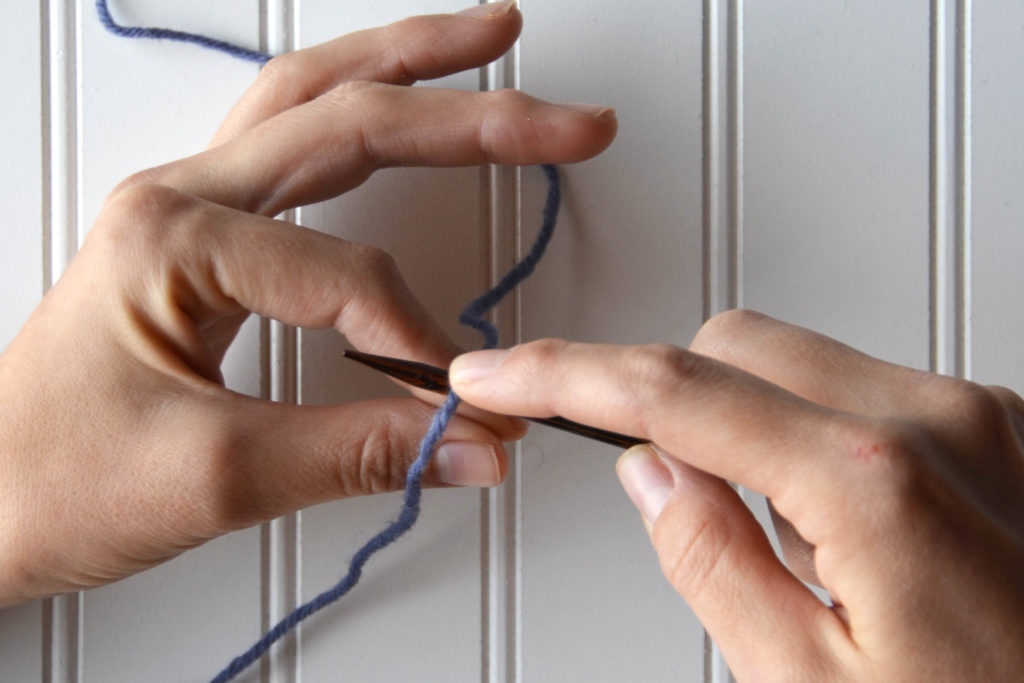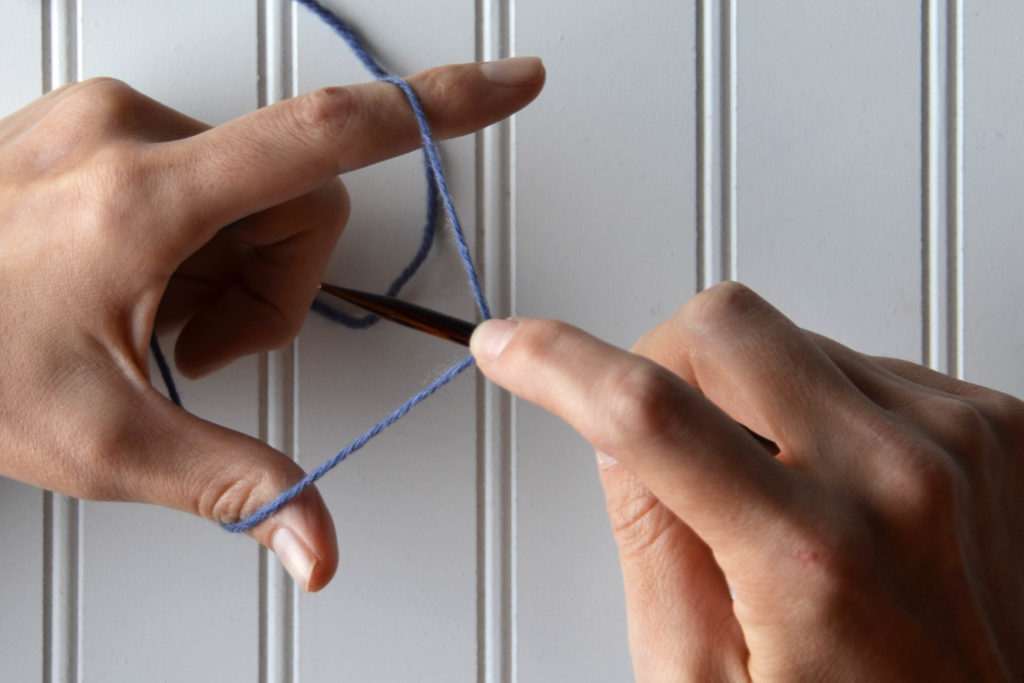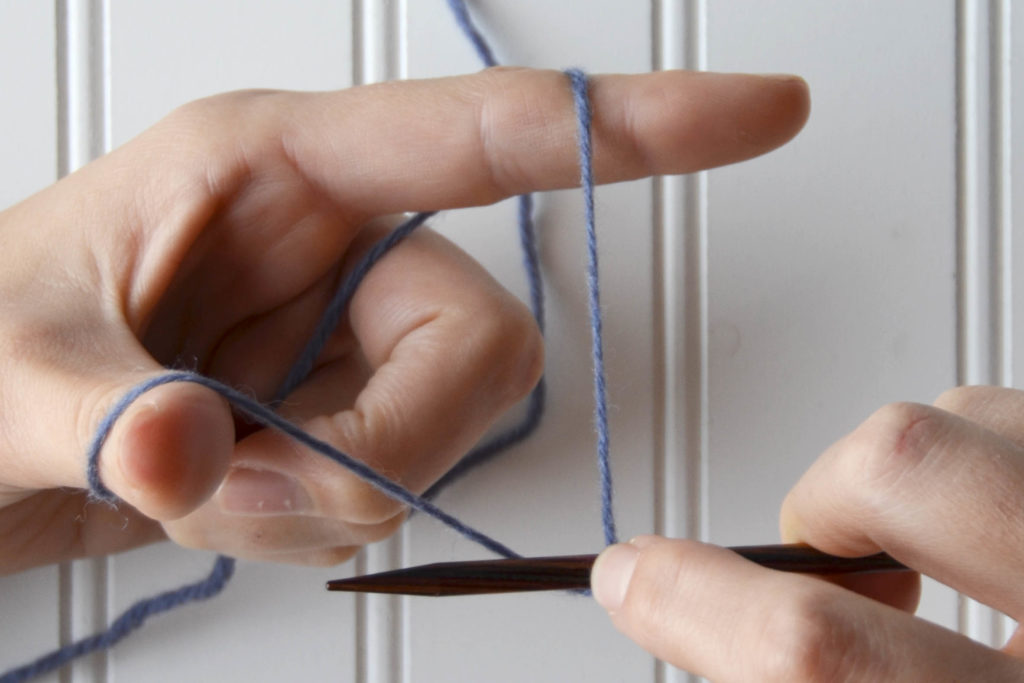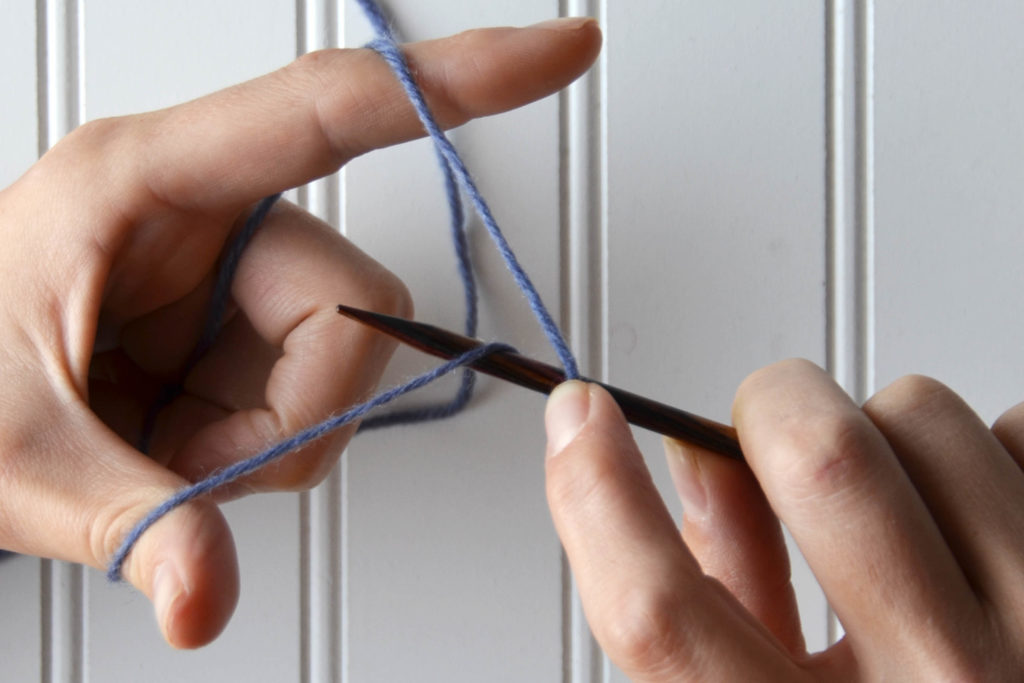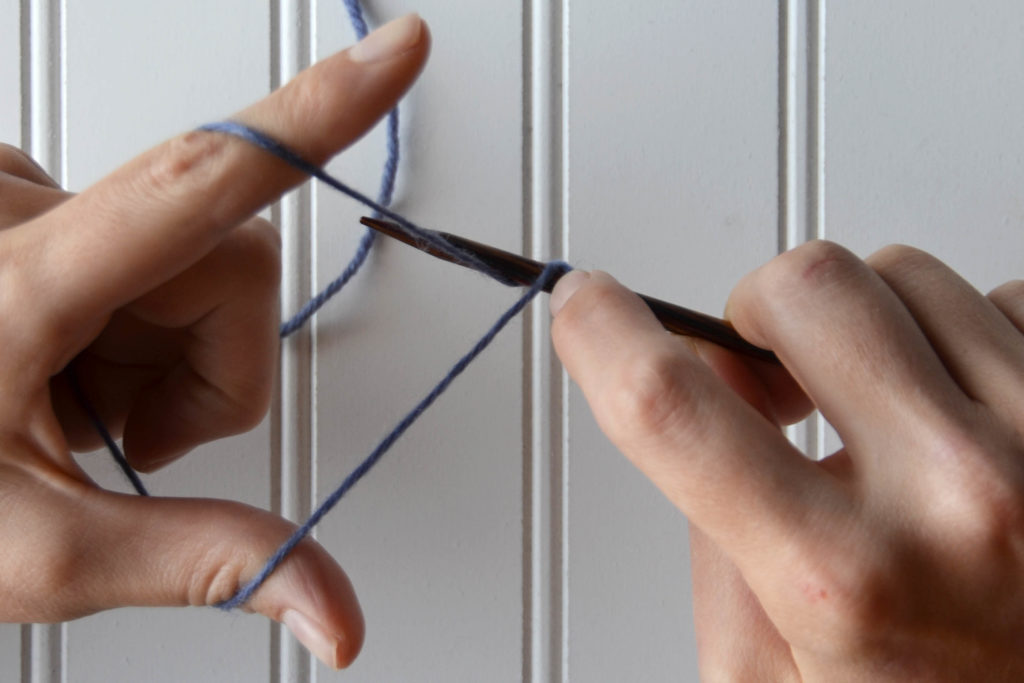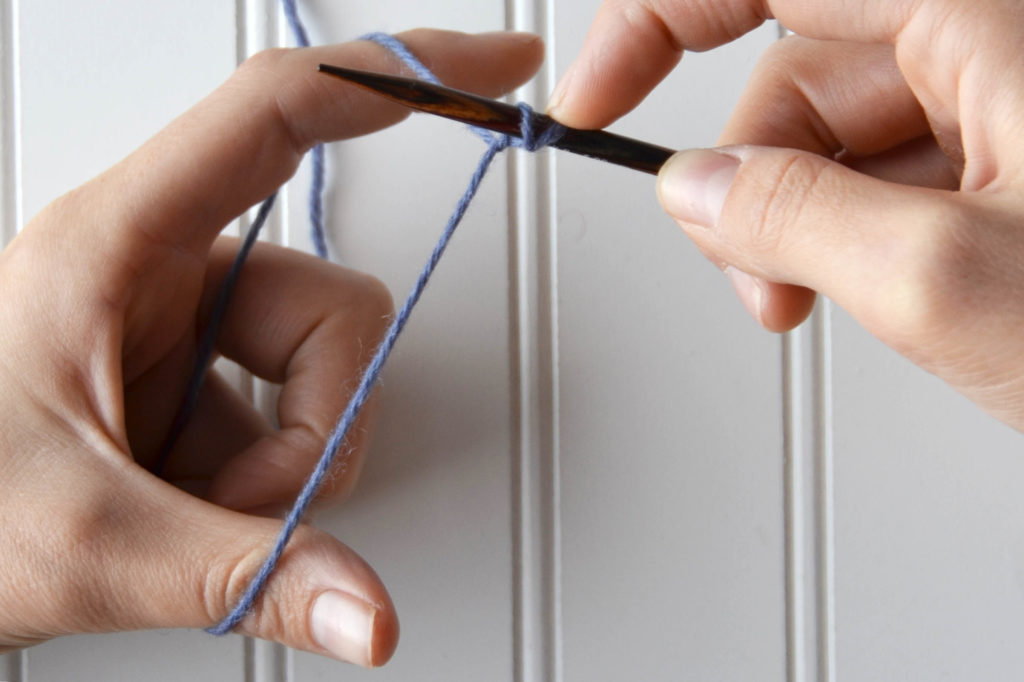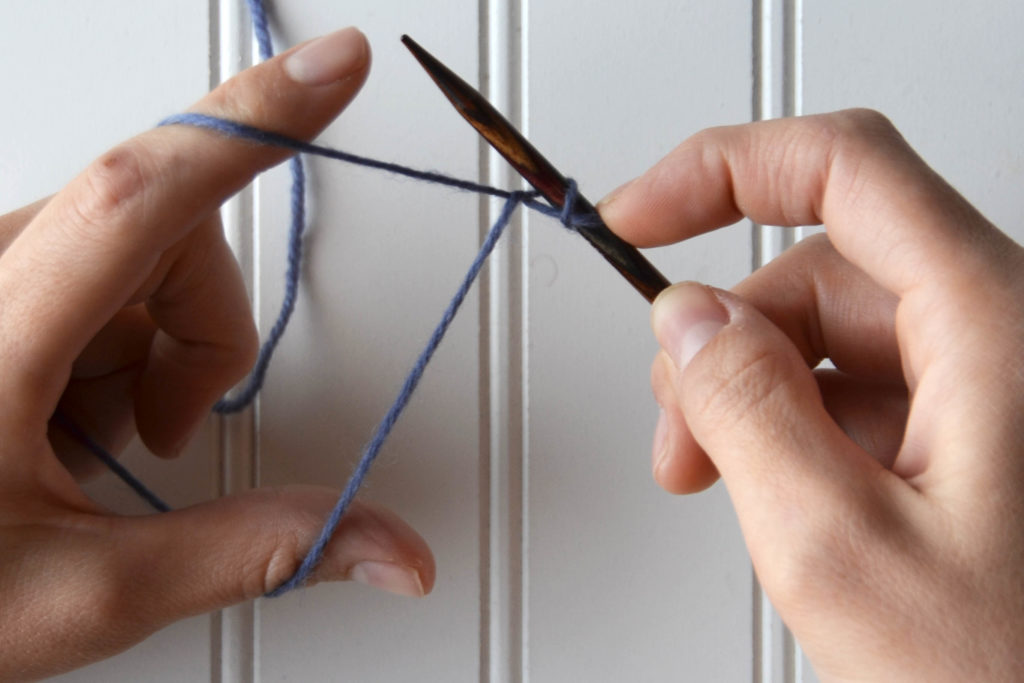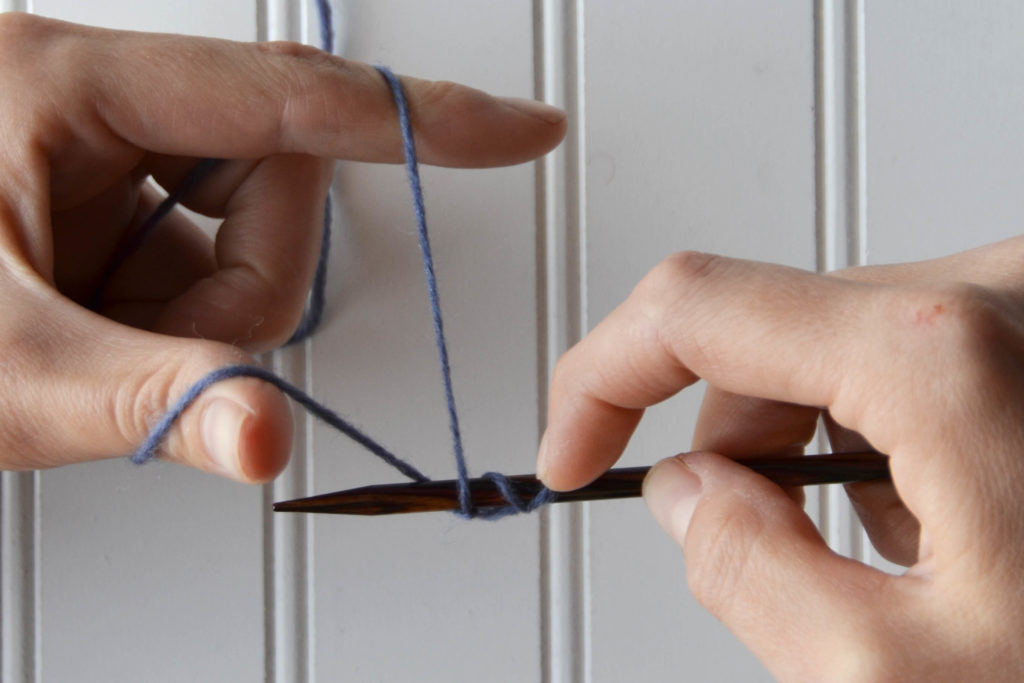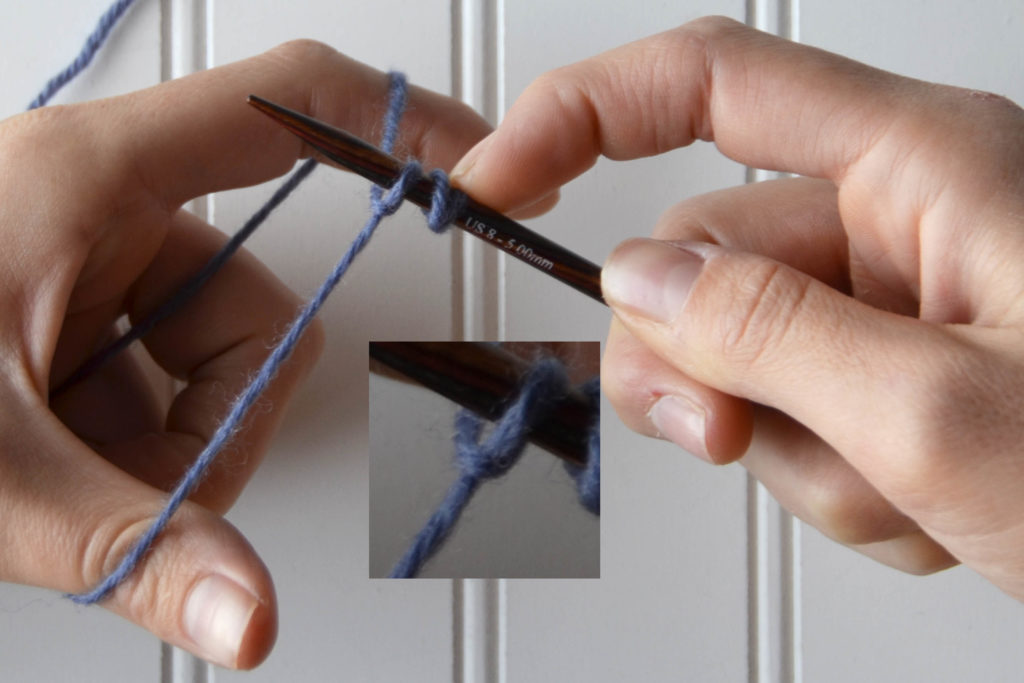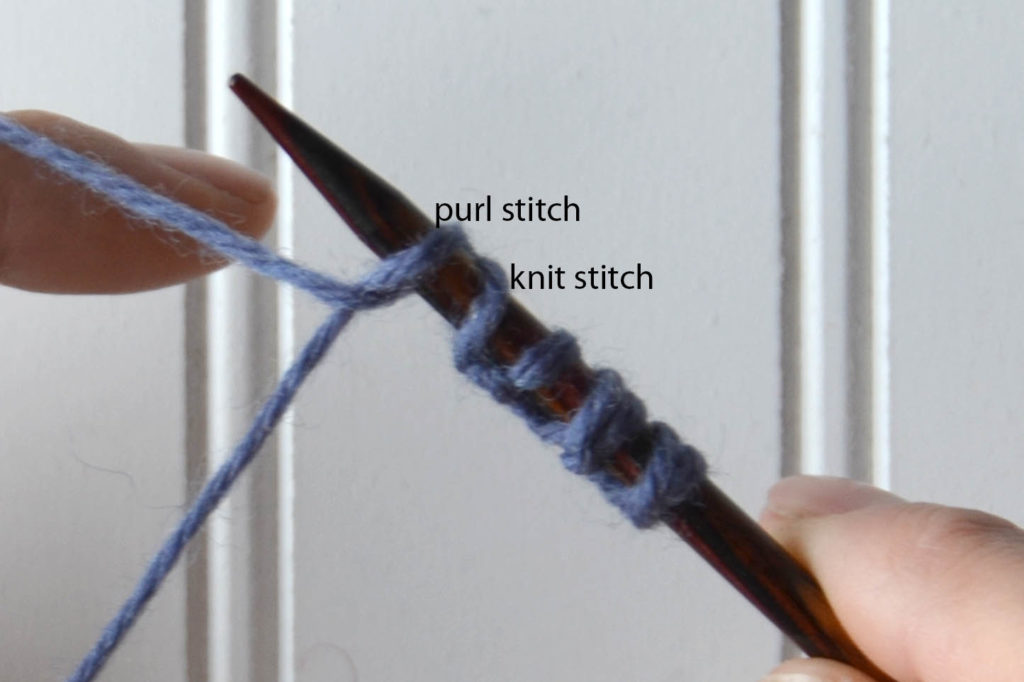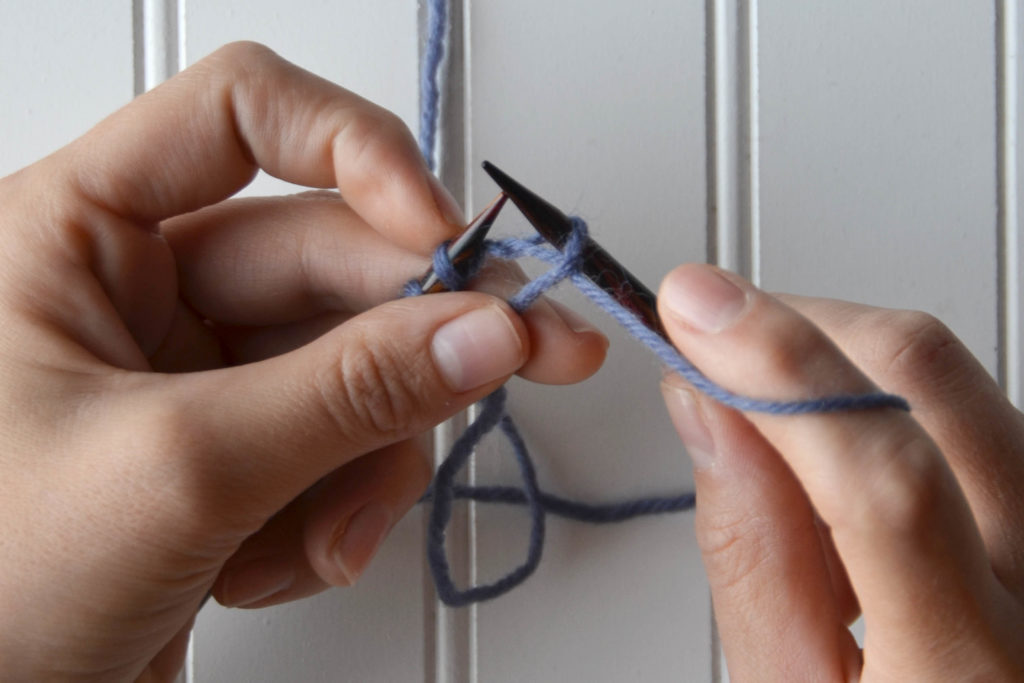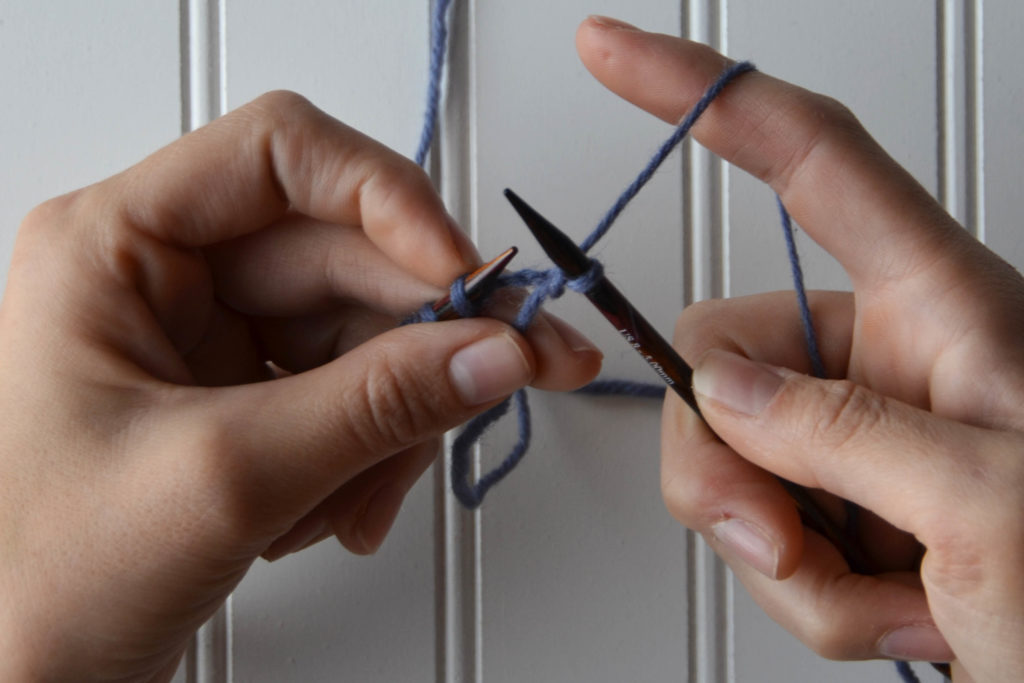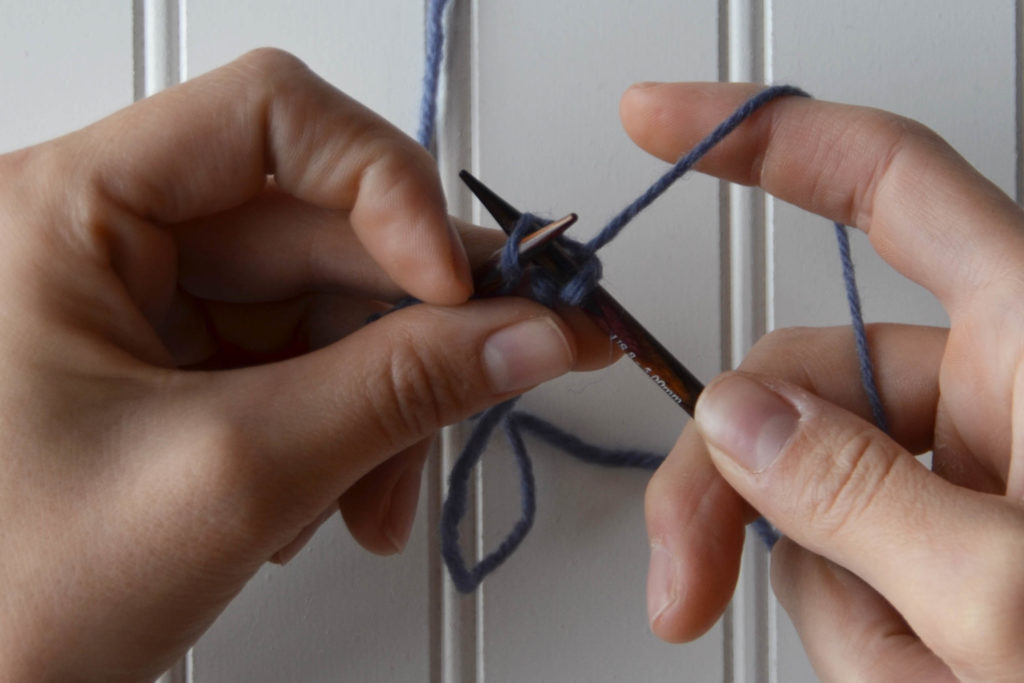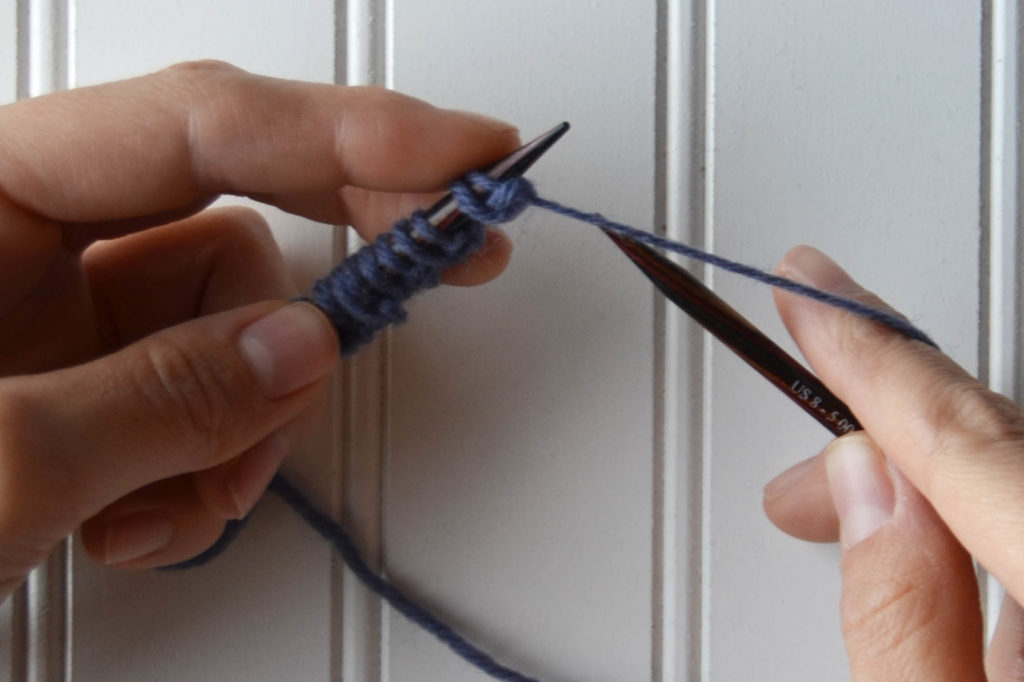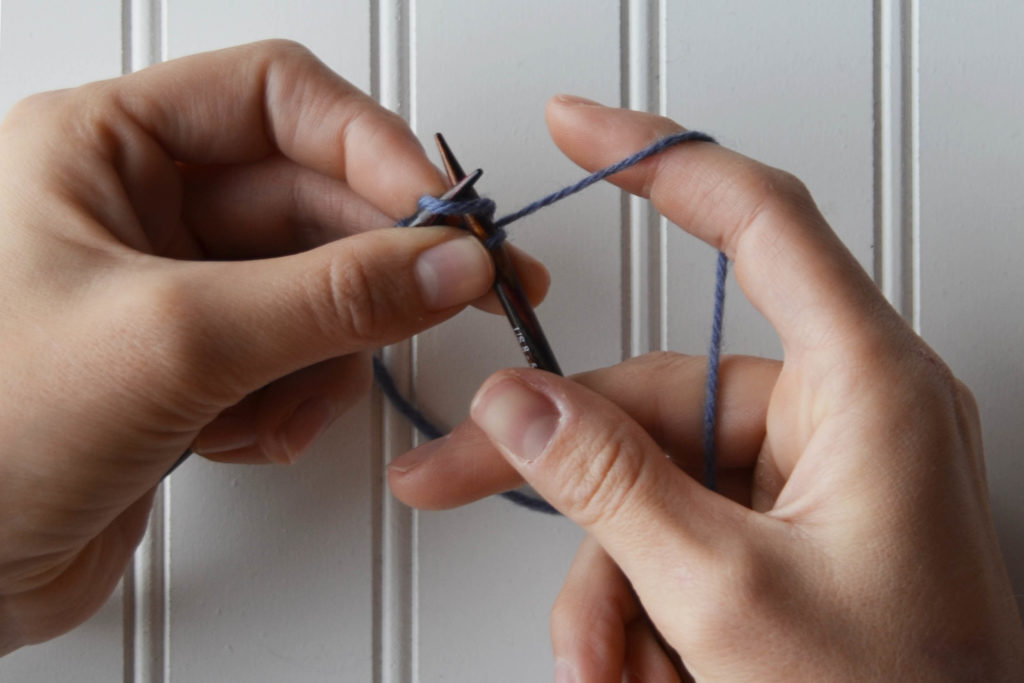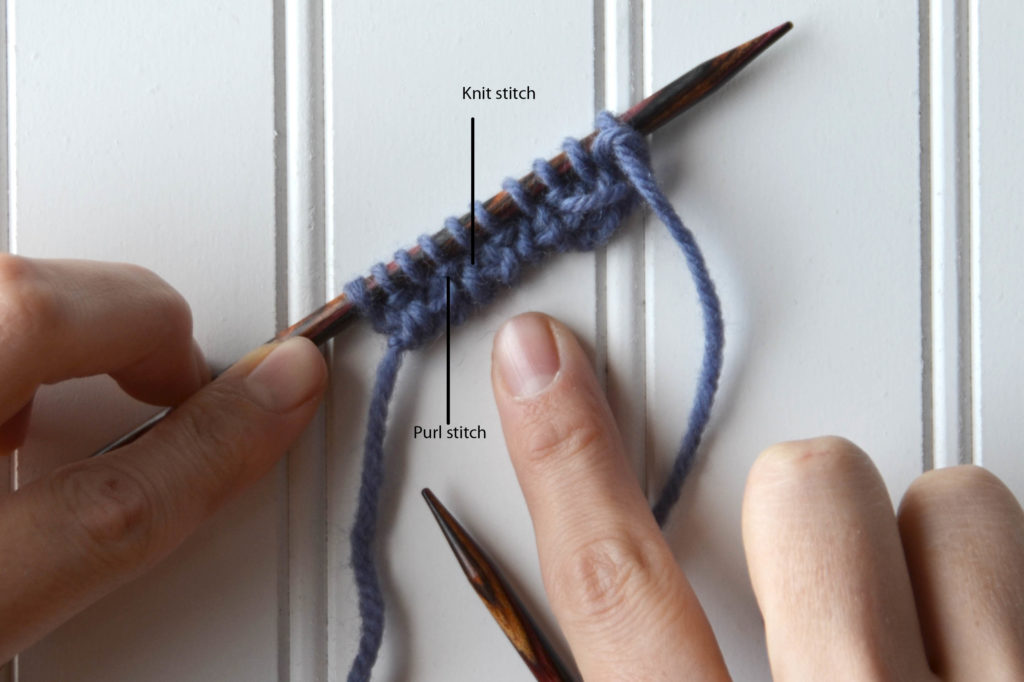Hi everyone! It has been a while, and by that, I mean literal years since I’ve shared some of my adventures in natural dyeing. In the past, I’ve shared posts about dyeing with lichen, marigold, and even azaleas (link to other posts in our Natural Dye Series), but today we’re going to take a look at one of my favorite sources for natural dye: goldenrod!
I recently learned that goldenrod is often mistaken for ragweed, a plant guilty of causing brutal allergies. It’s interesting because the two look dramatically different in my opinion, but apparently the confusion exists! I’ve heard this from our own AJ, and just over the weekend, a friend of mine told me the same thing. That’s too bad because goldenrod is a beautiful plant that attracts pollinators, and it deserves all of the love. The sight of these yellow flowers along the roadside always brings me joy and gives me the itch to dye yarn. Our office happens to be extremely close to some fields of goldenrod that bloom in late October, so I couldn’t resist the opportunity to cut some flowers and play!
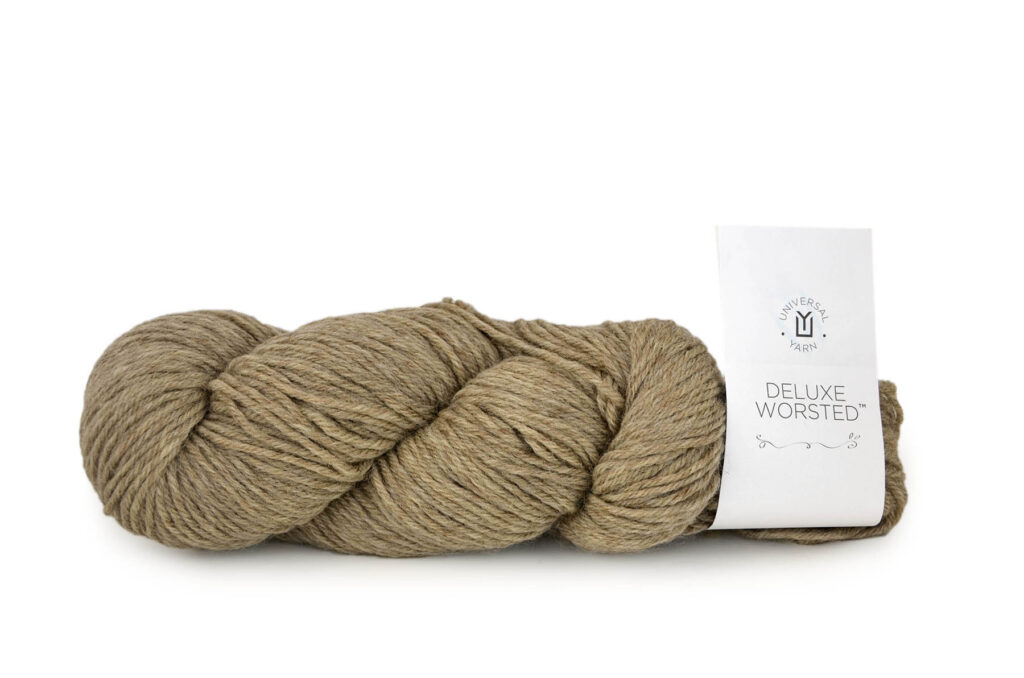
Unlike my previous posts about natural dyeing, this time I wanted to try something different, so I opted for our 100% non-superwash wool, undyed Deluxe Worsted Naturals. A woolly classic, this yarn comes in five gorgeous natural shades – from light cream to deep brown. Their heathered appearance got me wondering how neat would it be to see how they compare when dyed together. I certainly wasn’t disappointed!
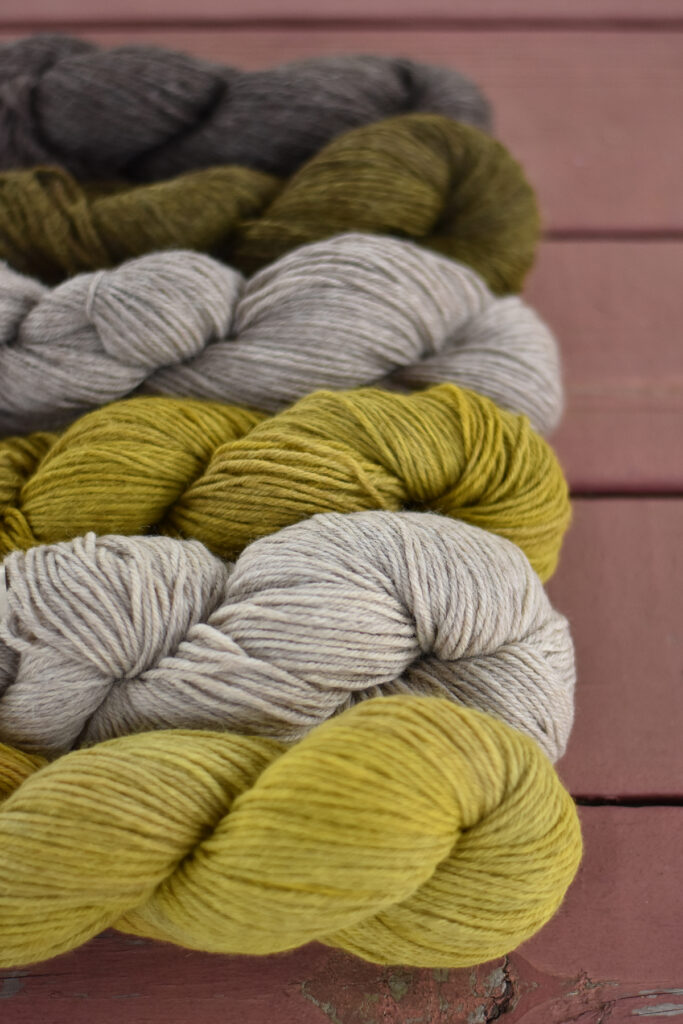
Although 40001 Cream would make a great base for dyeing, it’s pretty similar in color to our Ready to Dye selection and I really wanted to try something different. So for this experiment, I chose 40002 Millet, 40003 Musket, and 40004 Pewter. I figured these shades would yield the most interesting results thanks to their heathered appearances. They work well together as a gradient undyed, and the natural dye made that gradient all the more magical!
I’m not going to get into a tutorial today, because I followed the same steps I used for marigold dyeing. You can see that post for instructions here (link). I will say the primary difference is that I left some of the greenery on the plants, created the dyebath, and strained it before adding the yarn. Since I dyed three skeins or 300 grams, I needed at least 300 grams of goldenrod to ensure the dye would be saturated enough to have an effect.
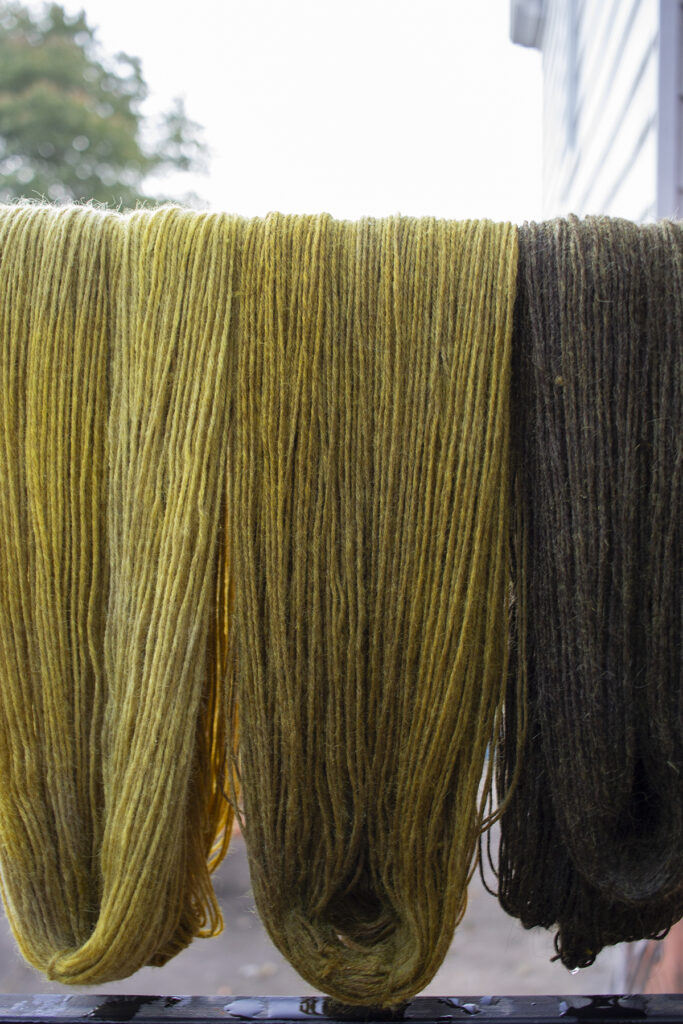
Honestly, I’m so smitten with the results. I can’t believe how beautifully they turned our – er, I can, but I’m still awestruck! I want to drop everything and knit a beautiful scarf, cowl, or shawl that takes advantage of the gradient. They make such a beautiful trio. Let’s take a look at how each skein compares to its undyed counterpart.
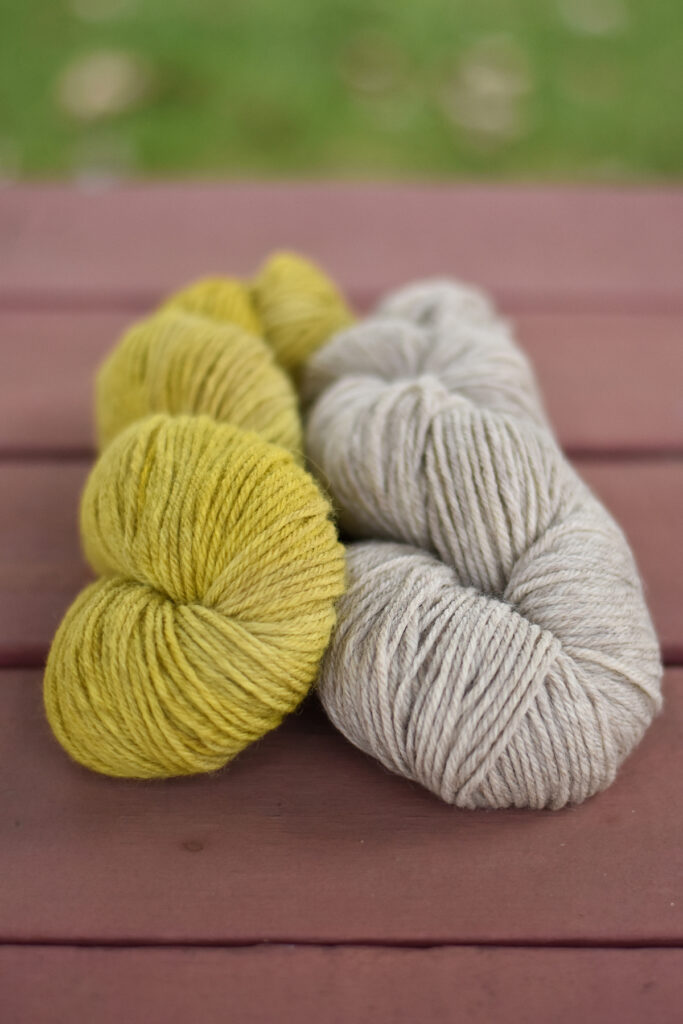
Starting with the lightest we have 40002 Millet. This will always be one of my favorite shades of Deluxe Worsted. It took the dye like I expected. It is the brightest of the bunch and most closely resembles the goldenrod blossoms.
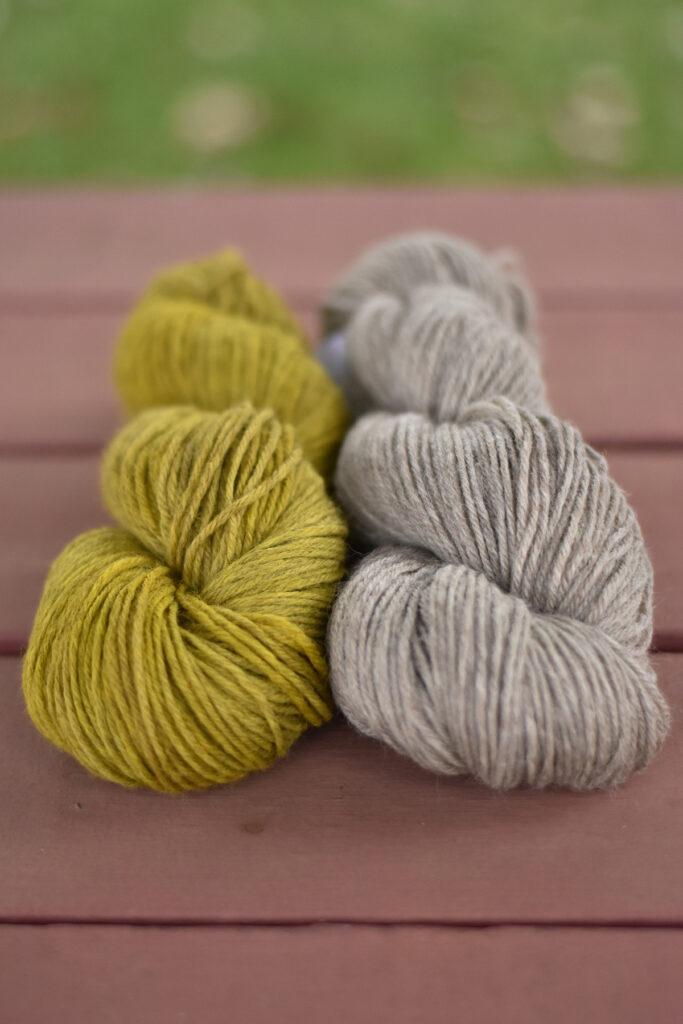
Next, we have 40003 Musket. I think I prefer this result over the Millet – it just has a bit more depth to it that I find very interesting. The gold reminds me of whole grain dijon mustard (yum!) and I’d love to see this knit up into some plump cables.
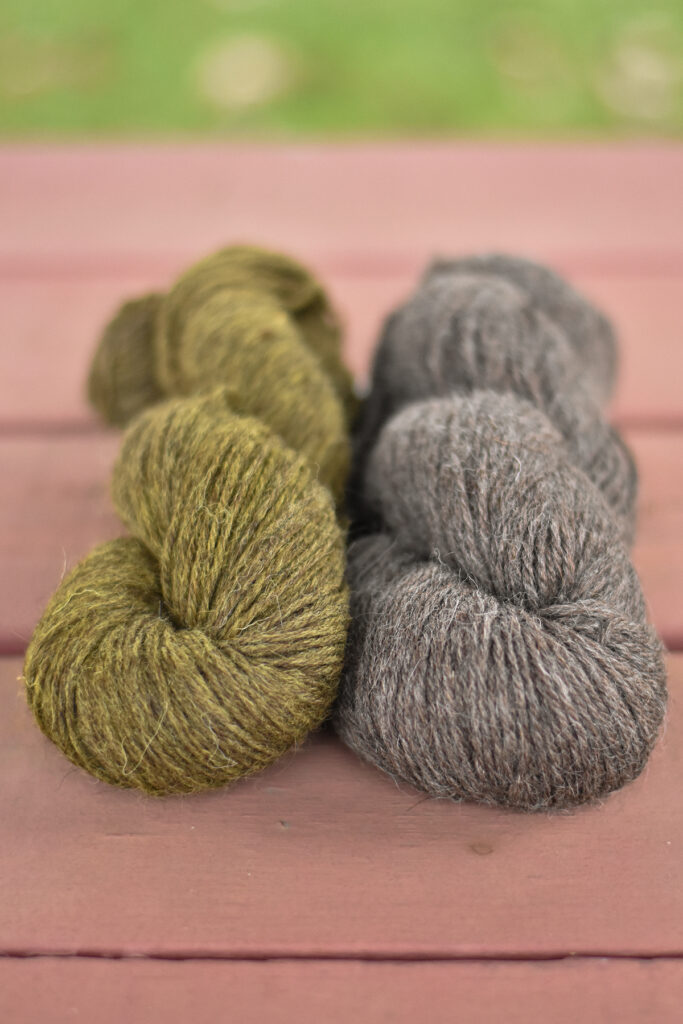
Finally, we have what must be my favorite: 40004 Pewter. I mean, wow! This was the hue I was most unsure about. I wondered whether the dye would really show up at all. To my pleasant surprise, it certainly took and created a color that reminds me of antique brass.
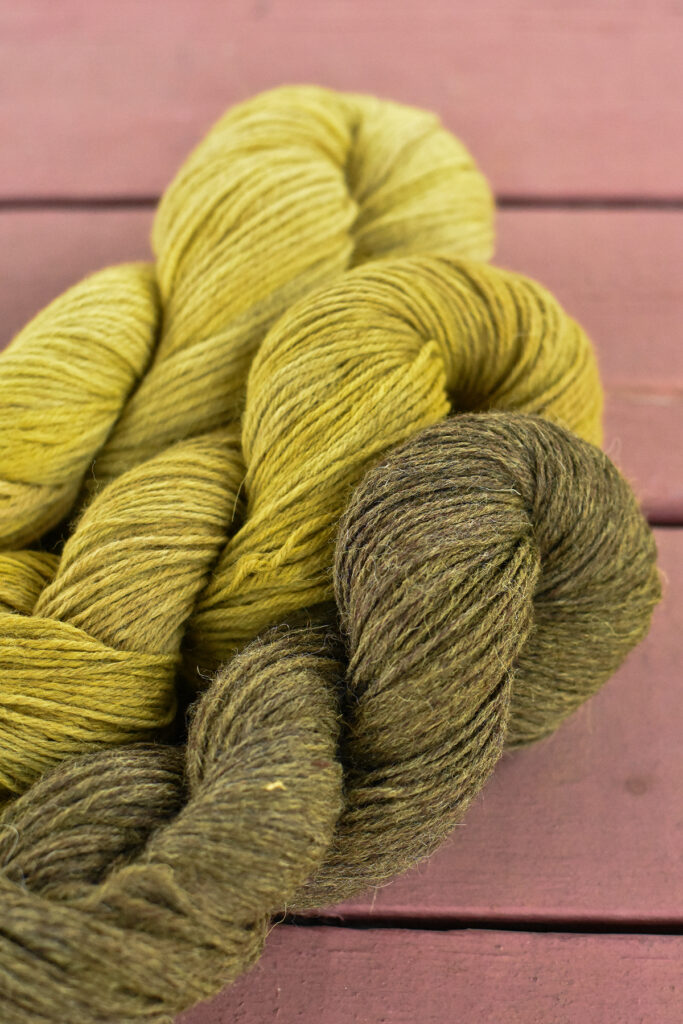
And there you have it – the results of my exploration in dyeing with goldenrod and Deluxe Worsted Naturals! Which color is your favorite? How would you knit or crochet them? Let me know in the comments!
